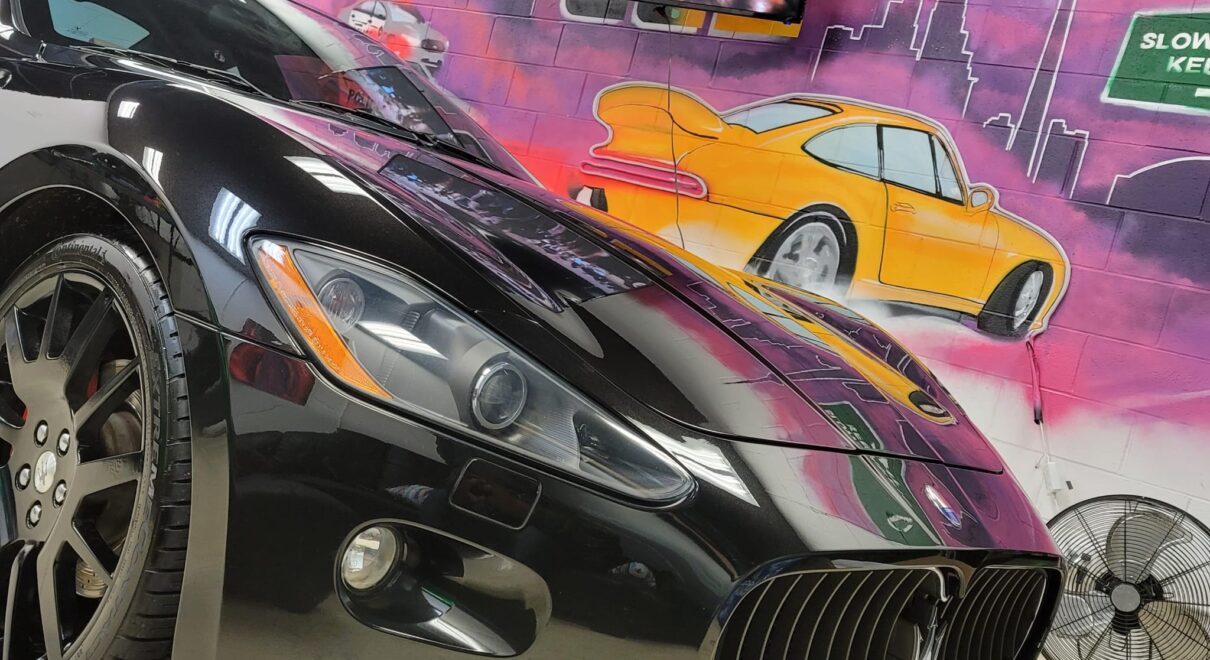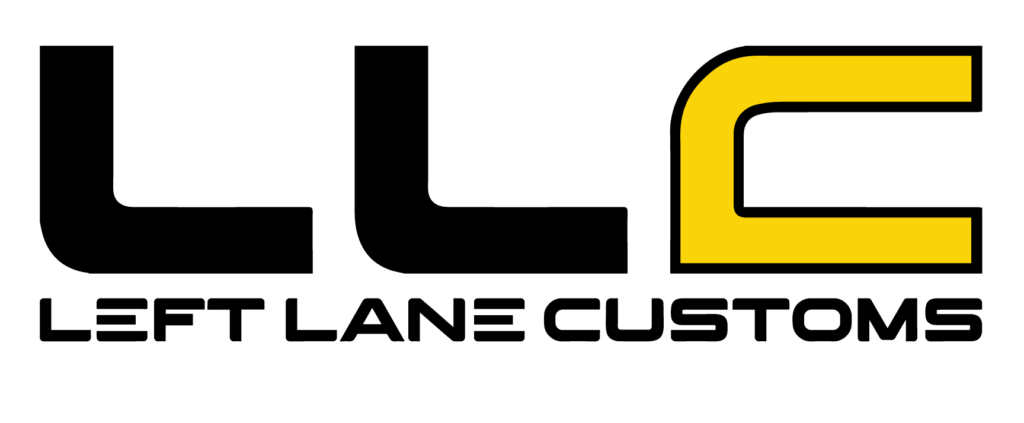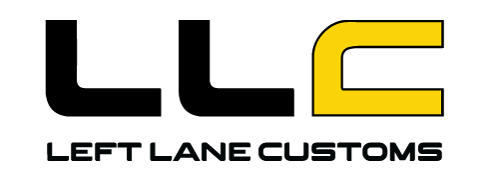
Complete Guide to Undercarriage Protection in Toronto
Toronto’s extensive road salt program, harsh winter conditions, and aging infrastructure create a perfect storm of threats to your vehicle’s undercarriage. While drivers focus on maintaining visible exterior and interior surfaces, the undercarriage silently suffers damage that can lead to catastrophic failures, expensive repairs, and compromised structural integrity. Understanding undercarriage protection strategies and implementing comprehensive defense measures becomes essential for Toronto vehicle owners who want to maximize their investment’s lifespan while ensuring safety and reliability.
Understanding Undercarriage Vulnerability
Vehicle undercarriages face constant exposure to road salt, de-icing chemicals, mud, water, and debris that create corrosive environments leading to rust and structural damage. Unlike painted exterior surfaces that receive regular attention, undercarriage components often go unnoticed until serious problems develop requiring expensive repairs or replacement.
Toronto uses approximately 155,000 tonnes of road salt annually across city streets, creating one of North America’s most corrosive driving environments. This salt combines with moisture and road spray to form highly corrosive solutions that attack metal components continuously throughout winter months and well into spring as residues persist.
Critical undercarriage components include the frame, suspension systems, brake lines, fuel lines, exhaust systems, and structural supports that ensure vehicle safety and functionality. Corrosion affecting these components can compromise safety while creating expensive repair situations that often exceed vehicle values, especially for older models.
The freeze-thaw cycles common in Toronto’s climate accelerate corrosion processes as water penetrates microscopic cracks and expands when freezing, creating larger openings that allow deeper penetration. This cyclical process causes exponential damage progression that makes early protection crucial for long-term vehicle preservation.
Types of Undercarriage Protection
Oil-based undercoatings provide traditional protection through thick barriers that repel water and resist salt penetration. These coatings require annual reapplication but offer effective protection for vehicles regularly exposed to harsh conditions. Modern formulations remain flexible in cold temperatures while maintaining protective properties throughout winter exposure.
Rubberized undercoatings create durable barriers that provide sound-deadening properties alongside corrosion protection. These permanent or semi-permanent coatings offer long-term protection but require professional application to ensure complete coverage and proper adhesion to clean surfaces.
Wax-based treatments penetrate existing rust and create water-displacing barriers that provide excellent protection for both new and used vehicles. These treatments often include corrosion inhibitors that actively prevent rust formation while treating minor existing corrosion before it becomes problematic.
Electronic rust protection systems use sacrificial anodes and electrical currents to prevent electrochemical corrosion processes. While controversial, properly installed systems can provide additional protection when combined with barrier coating methods for comprehensive defense strategies.
Professional Application Process
Undercarriage protection begins with thorough cleaning that removes all existing contaminants, salt residue, and loose rust. Professional detailing services include specialized undercarriage cleaning using high-pressure equipment and degreasing agents that prepare surfaces for optimal coating adhesion.
Surface inspection identifies existing damage, areas requiring special attention, and components that may need repair before protection application. Professional assessment ensures comprehensive treatment that addresses all vulnerable areas while documenting baseline conditions for future reference.
Drying procedures ensure complete moisture removal before coating application. Professional facilities use compressed air and heating equipment to eliminate water from crevices and joints where moisture can compromise coating adhesion or trap corrosive elements beneath protective layers.
Application techniques vary based on coating type and vehicle configuration. Professional installers use specialized spray equipment that ensures complete coverage including hard-to-reach areas behind structural components, inside frame rails, and around suspension mounting points where corrosion often begins.
Timing and Frequency Considerations
Fall application before winter exposure provides optimal protection by creating barriers before salt season begins. September through November represents the ideal window for undercarriage protection that prepares vehicles for Toronto’s harsh winter conditions.
Annual reapplication maintains protection effectiveness throughout vehicle ownership. Fall renewals ensure consistent protection while allowing assessment of coating condition and identification of any developing issues requiring attention.
Spring cleaning and inspection after winter exposure helps assess coating effectiveness while removing accumulated salt and debris. This post-winter maintenance extends coating life while identifying any damage that occurred despite protective measures.
New vehicle protection should begin immediately after purchase, preferably before the first winter exposure. Factory rust protection often proves inadequate for Toronto’s severe conditions, making aftermarket protection essential for long-term preservation.
Cost-Benefit Analysis
Professional undercarriage protection typically costs between several hundred to over a thousand dollars depending on vehicle size, coating type, and coverage extent. This investment prevents rust damage that can require thousands in repairs or render vehicles unsafe to operate.
Frame rust repair costs often exceed protection investment by factors of ten or more, assuming repairs are even feasible. Many corrosion situations progress beyond economical repair, effectively totaling vehicles that could have been preserved through proactive protection.
Resale value preservation provides quantifiable returns on protection investment. Vehicles with documented undercarriage protection command premium prices while demonstrating responsible ownership that appeals to discriminating buyers concerned about Toronto’s corrosive environment.
Safety considerations justify protection costs through prevention of brake line failures, suspension component failures, and structural compromises that could cause accidents. The peace of mind provided by comprehensive protection adds intangible value that enhances ownership experience.
Integration with Comprehensive Vehicle Care
Undercarriage protection works synergistically with exterior paint protection to provide complete vehicle defense. Ceramic coating services protect visible surfaces while undercarriage treatments address hidden components, creating comprehensive corrosion prevention strategies.
Regular washing including undercarriage cleaning extends protection effectiveness while removing corrosive materials before they can cause damage. Winter washing schedules should emphasize undercarriage attention to remove salt accumulation between protection renewals.
Paint protection film on lower body panels complements undercarriage protection by defending areas where road spray creates constant exposure to corrosive materials. This integrated approach addresses all vulnerable areas systematically.
DIY vs. Professional Application
DIY undercarriage protection presents challenges including inadequate surface preparation, incomplete coverage, and safety concerns from working beneath vehicles. Professional application ensures thorough coverage using appropriate equipment and proper safety procedures.
Equipment requirements for effective DIY application include vehicle lifts or ramps, pressure washing equipment, spray application systems, and proper ventilation. The investment in necessary equipment often exceeds professional service costs while requiring storage and maintenance.
Safety considerations include proper vehicle support, respiratory protection from coating fumes, and prevention of coating contact with brake components or exhaust systems. Professional installers maintain safety standards that protect both workers and vehicles throughout the application process.
Product selection requires understanding different coating types, application methods, and compatibility with specific vehicles. Professional expertise ensures appropriate product selection that maximizes protection while avoiding issues that could affect vehicle function or warranty coverage.
Maintenance and Inspection
Regular visual inspection helps identify coating damage, developing rust, or areas requiring attention. Seasonal inspections particularly after winter exposure help catch problems early while they remain manageable and inexpensive to address.
Touch-up procedures address minor coating damage before underlying metal exposure leads to corrosion. Professional facilities can perform targeted repairs that maintain protection integrity without requiring complete reapplication.
Documentation of protection application and maintenance creates valuable service records that demonstrate proper care while supporting warranty claims. Professional services provide comprehensive documentation that proves protection history.
Special Considerations for Different Vehicles
Luxury vehicles benefit particularly from undercarriage protection due to expensive component replacement costs and complex systems vulnerable to corrosion. Aluminum and exotic metals used in premium vehicles can corrode differently from steel, requiring specialized protection approaches.
Leased vehicles should receive undercarriage protection early to prevent damage that could trigger lease-end penalties. Protection investment typically costs less than potential penalty charges while ensuring vehicles meet return standards.
Classic and collector vehicles require specialized protection that preserves originality while providing effective corrosion prevention. Professionals experienced with classic vehicles understand appropriate products and techniques that maintain authenticity while ensuring preservation.
Commercial vehicles and trucks face increased exposure from heavy use and payload-related road spray. Commercial-grade protection products and reinforced application techniques provide durability that matches demanding usage patterns.
Environmental and Regulatory Considerations
Modern undercarriage coatings increasingly emphasize environmental responsibility through reduced volatile organic compounds and improved application efficiency. Professional facilities maintain environmental compliance while providing effective protection.
Waste disposal regulations affect DIY applications, making professional services attractive for avoiding disposal complications. Professional facilities handle waste materials appropriately while maintaining regulatory compliance.
Winter-Specific Protection Strategies
Pre-winter preparation includes thorough cleaning, coating inspection, and renewal application that ensures optimal protection before salt exposure begins. This proactive approach maximizes protection effectiveness throughout the challenging season.
Vinyl wrapping services for wheel wells and lower panels provide additional physical protection against road debris and salt spray. These protective wraps complement undercarriage coatings for comprehensive defense.
Mid-winter maintenance focuses on removing salt accumulation through thorough undercarriage washing. Professional car washes with underbody spray systems provide convenient maintenance that extends coating effectiveness.
Long-Term Vehicle Preservation
Comprehensive undercarriage protection enables vehicle longevity that exceeds typical Toronto area averages. Properly protected vehicles can provide reliable service for 15-20 years or more despite harsh environmental conditions.
Structural integrity maintenance ensures safety throughout vehicle ownership while preserving resale value that might otherwise be compromised by corrosion damage. This preservation justifies protection investment through extended useful life.
Family vehicle reliability depends on maintaining critical systems including brakes, suspension, and structural components that undercarriage protection preserves. The peace of mind provided by comprehensive protection enhances ownership satisfaction.
Undercarriage protection represents one of the most important but often overlooked aspects of vehicle maintenance for Toronto owners. The city’s extensive salt use and harsh climate create corrosive conditions that demand proactive protection strategies preventing expensive damage and ensuring long-term vehicle reliability.
Professional undercarriage protection services provide expertise, appropriate materials, and thorough application that exceed DIY capabilities while offering warranties and documentation supporting protection investments. The combination of professional application, regular maintenance, and comprehensive vehicle care strategies creates optimal corrosion prevention.
For Toronto vehicle owners seeking to maximize their investment’s lifespan while ensuring safety and reliability, professional undercarriage protection provides essential defense against environmental challenges that threaten every vehicle on city streets. The investment in protection delivers returns through prevented repairs, preserved value, and enhanced peace of mind throughout ownership.
Visit us on Facebook at our Facebook Link and our Instagram Link. Left Lane Customs Inc.


